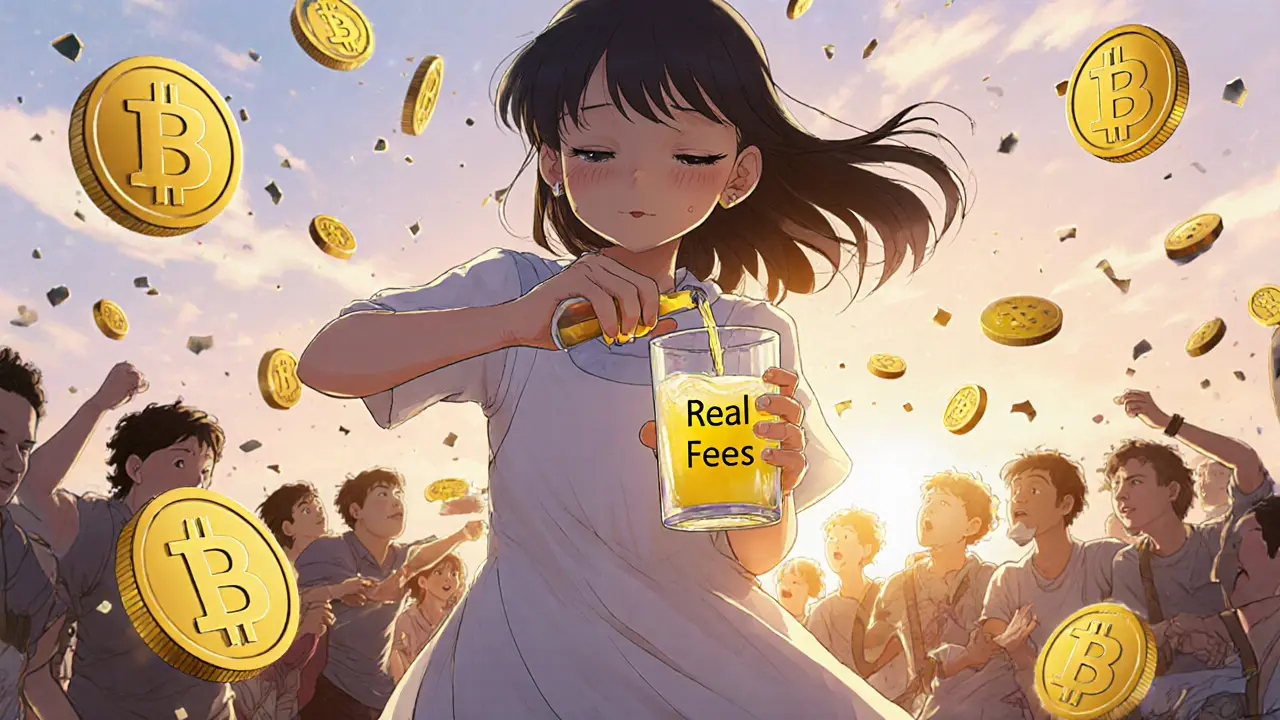Yield Farming Explained: How to Earn Crypto by Lending Your Coins
When you hear yield farming, a way to earn interest on crypto by locking it up in decentralized finance protocols. Also known as liquidity mining, it’s not magic—it’s just lending your coins to others in exchange for rewards. Think of it like putting money in a savings account, but instead of a bank, you’re using a blockchain-based platform that runs without middlemen. You deposit tokens into a liquidity pool, a shared reserve of crypto tokens used to power decentralized exchanges, and in return, you get paid in fees or new tokens. It sounds simple, but the real trick is knowing which pools actually pay and which are just flashy traps.
Most DeFi, a system of financial apps built on blockchains that don’t rely on banks or traditional institutions projects reward you with their own tokens. That’s where things get risky. A lot of these tokens have no real value behind them—just hype. Some farms offer 100% annual returns, but if the project collapses, your rewards vanish and your original coins might be stuck or worth less. You also need to watch out for smart contract risks, bugs or exploits in the code that powers DeFi apps, which can lead to stolen funds. Even big names like Uniswap or Aave aren’t immune. And don’t forget gas fees—every time you move coins in or out, you pay Ethereum or other network fees that can eat into your profits.
Some people mix yield farming with staking, locking up crypto to help secure a blockchain network and earn rewards, but they’re not the same. Staking usually happens on proof-of-stake chains like Ethereum or Solana, and it’s more stable. Yield farming is wilder—it’s like day trading, but with crypto pools. You might jump from one farm to another chasing the highest returns, but that takes time, research, and nerves. The best farmers don’t just chase numbers—they look at team history, audit reports, and how long the project’s been around. A farm that’s been running for six months with steady volume is safer than one that popped up last week with a flashy website.
There’s no guaranteed way to make money here. Some people lost everything in 2022 when the crypto market crashed and farms dried up. Others made decent returns by sticking to well-known platforms and only risking what they could afford to lose. If you’re new, start small. Use a wallet you control, never put all your coins in one place, and always check if the project has been audited by a trusted firm like CertiK or Hacken. You don’t need to be a pro to try it—but you do need to be careful.
Below, you’ll find real breakdowns of crypto projects that promise big returns—and the ones that don’t deliver. Some are outright scams. Others are misunderstood tools with real potential. We cut through the noise so you don’t have to waste time on dead ends.
How Liquidity Mining Rewards Work in DeFi
Liquidity mining lets you earn crypto rewards by providing trading liquidity to DeFi platforms. Learn how it works, the risks like impermanent loss, and how to start safely in 2025.
Sustainable vs Unsustainable Yield Farming in Blockchain
Learn how to tell the difference between sustainable and unsustainable yield farming in DeFi. Avoid rug pulls and find real, long-term crypto rewards backed by actual revenue.

